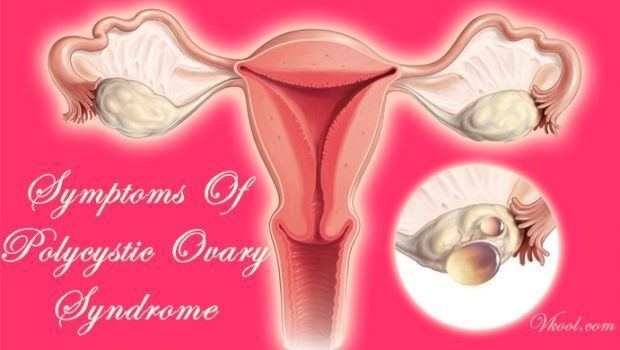
PCOS (stands for polycystic ovary syndrome ) is the most popular problem which often occurs hormonal disorder in women and young girls of reproductive age, particularly those from the ages of 18 to 44. It can even have a negative effect on girls as young as 12 years old.
Averagely 1 in 10 to 15 women in the US will suffer from PCOS.
Reasons, Effect, And Early Symptoms Of Polycystic Ovary Syndrome
Reasons Causing PCOS
Obesity, lack of physical activity, overproduction of testosterone (small quantities of a male sex hormone found in women), and a family history of this syndrome are the most popular factors linked to this condition.
Besides, insulin resistance is a commonly cited reason for causing PCOS because it is the main agent contributing to increasing the levels of testosterone.
alvitacare.com/wp-content/languages/new/amoxicillin.html
Insulin is known as a hormone which is naturally produced by your body to help in lowering blood sugar. The insulin will become ineffective in reducing the blood sugar and has the ability to raise the dangerous levels during insulin resistance.
alvitacare.com/wp-content/languages/new/xifaxan.html
This, in turn, aids your body in producing more insulin. The cycle will continue and ultimately cause a high level of blood insulin.
Effect
PCOS is considered as the most common reason causing infertility among women.
The disorder can cause anovulatory infertility that there is no ovulation. Ovulation is the process of reproduction when the ovaries will monthly produce only a mature egg and this egg can, or cannot, get fertilized by sperm.
alvitacare.com/wp-content/languages/new/levitra.html
Until now, there has no treatment for PCOS. However, changing lifestyle such as increasing physical activity and losing weight can significantly reduce the symptoms.
Besides, using birth control pills or other medications such as clomiphene and metformin are common treatments.
In fact, women often choose cosmetic procedures like a laser to ease the physical symptoms of this condition such as hirsutism.
Early Symptom Identification
Because the symptoms of PCOS are not especially shocking on their body, women do not often notice them. Hence, they let alone link them to each other as well as relate them to a popular hormonal problem. And many women know that they have PCOS only when they have trouble in getting pregnant.
According to a study published in 2005, American patients suffering from PCOS of reproductive age averagely spend about $4.36 billion every year on subsequent medical care and diagnostic procedures.
At least 2 percentages of this staggering total money are spent on the reason for diagnostic procedures, which indicates that diagnosis of PCOS early not only is rare but also plays a huge role in reducing the severity of these symptoms as well as the consequent amount of cost spent on treating it. In this article, VKool.com will show you 10 early symptoms of polycystic ovary syndrome in women. This article listed the warning signs that you should notice to get over this syndrome timely. However, it is not intended to give medical advice and it is solely for the informational purpose. Keep reading this article to understand more.
Top 10 Early Symptoms Of Polycystic Ovary Syndrome
1. No Menstruation (Primary Amenorrhea)

It is a less popular symptom of this syndrome than irregular periods as well as secondary amenorrhea which is a condition when a woman having a normal cycle suddenly have no menstruation for 6 months or even more.
Primary amenorrhea is when a girl doesn’t start the period till she is from 16 to 18 years old. As I mentioned above, the excess production of testosterone might interrupt the release of eggs from the ovaries and thereby making menstruation be inherited completely.
While there are many physical deficiencies and disorders that may lead to a lack of menstruation, this can also be considered as an early sign of PCOS.
See more: Natural soothing foods for period cramps that really work
2. Hair Thinning And Loss

We might lose lots of hair while we shampoo or when we wake up and see an alarming amount of hair on your pillow every morning.
Rapid hair loss and hair thinning is a common sign of a hormonal imbalance, particularly PCOS.
buy lipitor online https://www.lifefoodstorage.store/wp-content/languages/new/prescription/lipitor.html no prescription
PCOS causes the overload of testosterone in your body. The overactive testosterone moves to your scalp and then converts to its DHT (derivative dihydrotestosterone) when it links to the enzyme which is found in hair follicles.
After that, the DHT will bind with these hair follicles and make them shrink. This, in turn, slows down the growing process of hair, making it become thinner and thinner day by day.
This might also explain why your hair is brittle nature and weak, making it more easily to breakage.
Learn more: 24 home remedies for hair fall control and regrowth
3. Weight Gain, Obesity, And Not Have The Ability To Lose Weight
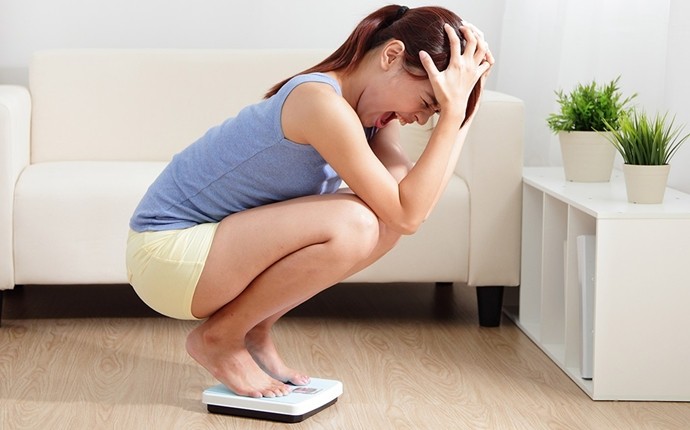
Patients suffering from PCOS are not always in the condition of obesity, however; they are not thin. A woman having PCOS can have a slow metabolism as well as pack on more pounds on her body structure and height than normally.
According to a study published in 2024, about half of women who are diagnosed with this syndrome are either obese or overweight. Most of them also have substantial abdominal fat.
The inability to lose weight is one of the most popular symptoms of PCOS. Despite sincere efforts, women having PCOS will often be difficult to lose even one or two pounds.
If you notice your friends getting spectacular results in weight loss by following the same workout routine and diet as you but you cannot, this might be a sign you should concern.
Read more: 6 Tips on how to prevent obesity disease
4. Abnormal Skin Discoloration
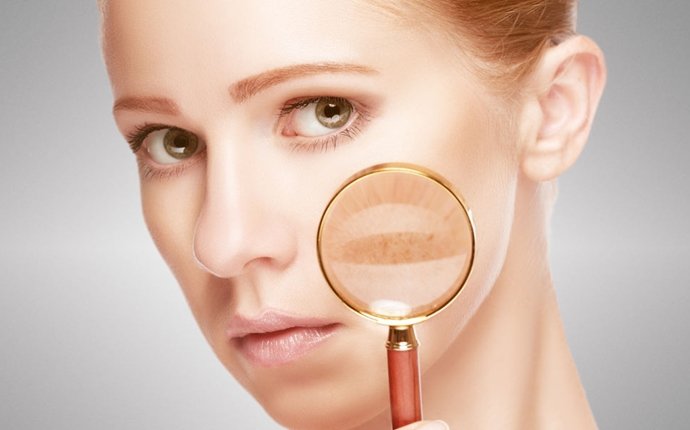
PCOS may cause a skin abnormality which leads to black or brown thick patches usually appearing in skin folds like neck folds, navel, armpits, breasts, forehead, between your thighs, around your groin region or occasionally on your elbows, hands, and knees. This is known as acanthosis nigricans.
According to a study published in 2024 of the Indian Journal of Dermatology, averagely 6 in 30 patients suffering from acanthosis nigricans were diagnosed with PCOS.
High insulin levels or insulin resistance in PCOS patients is in charge of the appearance of corrosive, discolored, and thick skin on many different parts of your body.
These patches can be gone with tiny skin-colored growths or skin tags that appear as warts and hang from your skin.
5. Stress

Stress is a symptom of physical or mental illness. PCOS patients particularly experience lots of distress due to hirsutism.
A study proved that there are 32 patients suffered neurotic stress, 29 patients had high stress and the remaining reported extremely high stress in total of 81 PCOS patients.
Therefore, if you feel perpetual or even neurotically stressed out and simultaneously having any PCOS symptoms, you should meet your doctor to be diagnosed with PCOS.
See more: 27 quick and interesting facts about stress you may not know
6. High Blood Pressure

High blood pressure is also another symptom in the list of 10 common symptoms of polycystic ovary syndrome. PCOS is a syndrome that can present cardiovascular complications.
This will become apparent when we consider its most common symptoms like insulin resistance, obesity, and high blood pressure (hypertension).
Hypertension is a popular symptom occurring in PCOS patients, particularly in women having a high body mass index (BMI).
Hence, if you are suffering from high blood pressure, overweight or obesity as well as exhibit various symptoms of PCOS, you can have the ability to have PCOS.
Read more: The high blood pressure solution review – is it reliable?
7. Acne

If you have acne from the age of 20 and beyond 25 years old, you can suffer from PCOS.
Like when you have hirsutism, this persistent acne type is a result of overloading testosterone which promotes the production of oil in your sebaceous glands.
PCOS associated with acne popularly occurs around your cheeks, chin, upper neck, and jaw line. It has more abilities to develop as hard bumps under your skin rather than overt bumps.
They appear longer than common acne and can flare up right before your monthly menstrual cycle.
Besides, they may appear in the red form and can often be gone with a yellowish head or painful white.
Read more: List of top foods that cause acne breakouts – 24 worst foods!
8. Depression

This is one of the common symptoms of polycystic ovary syndrome. Like stress, depression is another sign of psychological distress which goes with any hormonal imbalance.
Those having PCOS are hardly in high spirit owing to various symptoms as well as their repercussions that they have to face each day.
People suffering from PCOS are reported to have the increased levels of anxiety and depression according to a study published in 2024 of Human Reproduction.
The study further notes that patients have higher BMIs are also reported to have the levels of depression and anxiety higher than those having lower BMIs.
If you feel perpetually depressed as well as have other signs of PCOS, you’d better consult your doctor to be diagnosed and treated for PCOS and other underlying issues.
Learn more: 10 best natural herbal remedies for depression
9. Excessive Body And Facial Hair

Excessive face and body hair also called hirsutism, is one of the side effects of overloading testosterone and is one of the symptoms of polycystic ovary syndrome.
The most popular sites for the excess growth of hair include the jaw, chin area, upper lip, arms, legs, chest, stomach, and thigh.
PCOS is the common reason causing hirsutism and averagely 3 in 4 patients having PCOS will have the symptom of hirsutism.
Unwanted facial hair is really a distressing problem to deal with. Plus, managing unwanted facial hair may be a costly process and extremely time-consuming.
Read more: How to get rid of unwanted facial hair at home naturally
10. Irregular Periods

The last symptom in the list of top 10 common symptoms of polycystic ovary syndrome is the irregular menstrual cycle.
The disorder causes an overload of testosterone in your body. This excess testosterone will lead to the development of cysts in your ovaries, which inhibits the release of eggs in the ovaries and thereby obstructing menstruation.
During the teenage years, it is normal when you have irregular periods. However, this may only be true in some cases; it can also be one of the early symptoms of polycystic ovary syndrome, especially when gone with other symptoms.
Furthermore, if irregular menstrual cycles come in the late teens or even beyond, this may be a stronger sign of PCOS.
buy zithromax online https://www.lifefoodstorage.store/wp-content/languages/new/prescription/zithromax.html no prescription
Recommended link: 8 Physical symptoms of depression in men and women
To get more information related to health problems, go to our main Health page. After studying the writing of top 10 early symptoms of polycystic ovary syndrome, hope that this article will help you learn more some early signs to determine this syndrome as well as overcome it. If you have any question or comment, please leave them below, I will respond you as soon as possible. Also, you can share your experiences with us if you know other symptoms of polycystic ovary syndrome.
Want More Content Like This In Your Inbox?
- 24 Burning Mouth Syndrome Home Remedies
- 28 Ways On How To Get Clear Eyes Naturally Without Eye Drops
- Side effects of birth control pills in first month
- 13 Common Signs And Symptoms Of Sleep Deprivation
- Top 12 Common Causes Of Irregular Periods
- How to treat ovarian cysts pain naturally – 6 tips
- Foods To Increase Breast Milk Production Naturally
- Foods that cause bloating list: 24 worst foods

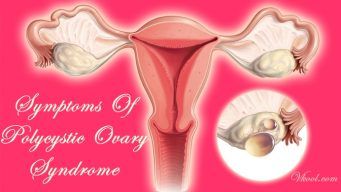

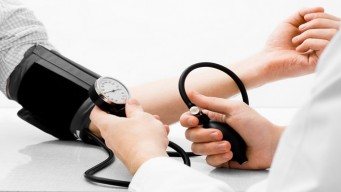
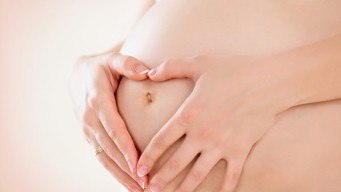


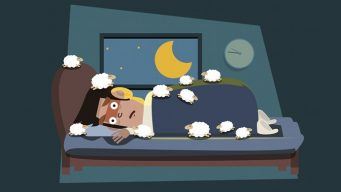
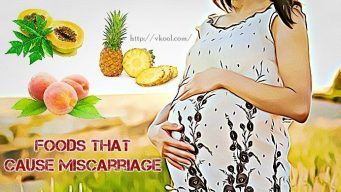
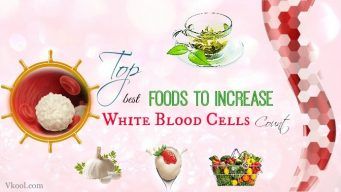

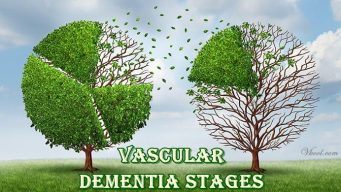
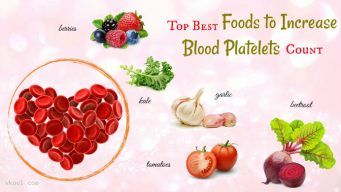

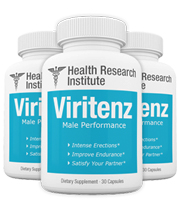
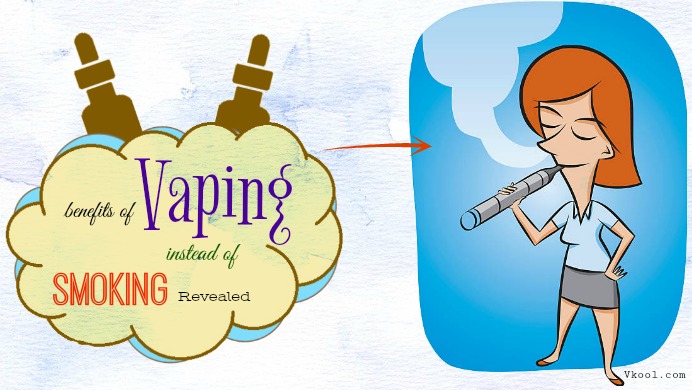
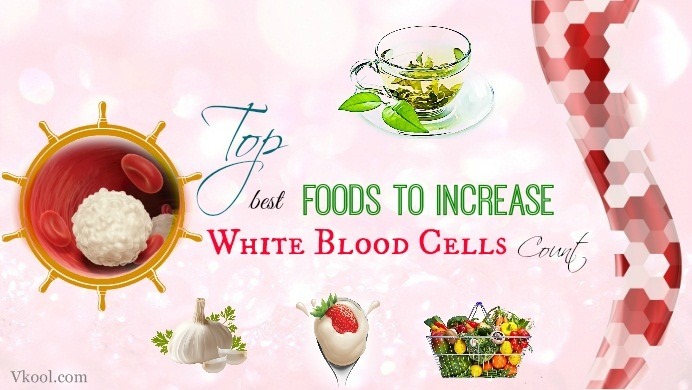
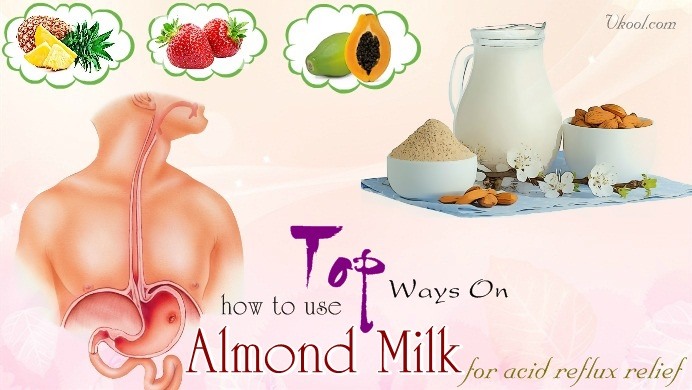
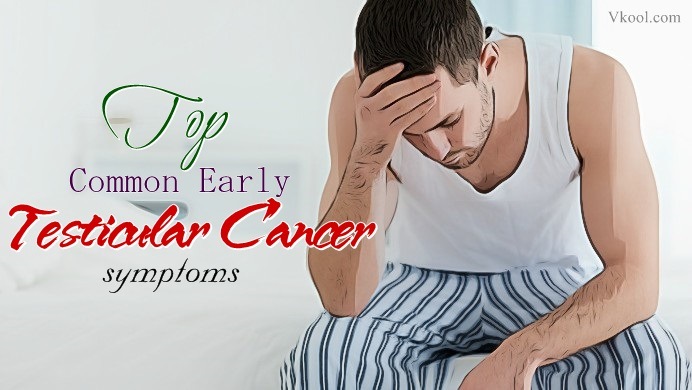

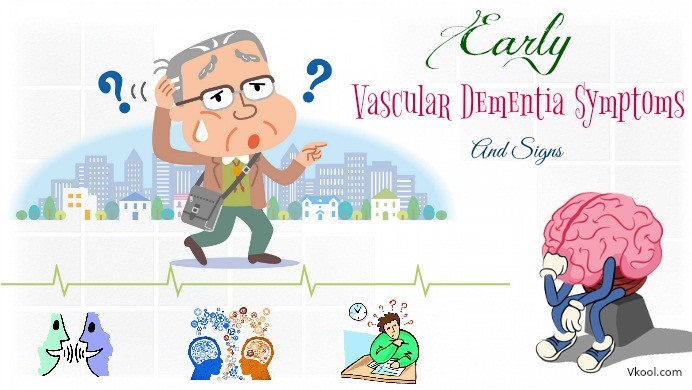

 List Of 6 Health Benefits Of Zumba Workout You Should Know
List Of 6 Health Benefits Of Zumba Workout You Should Know 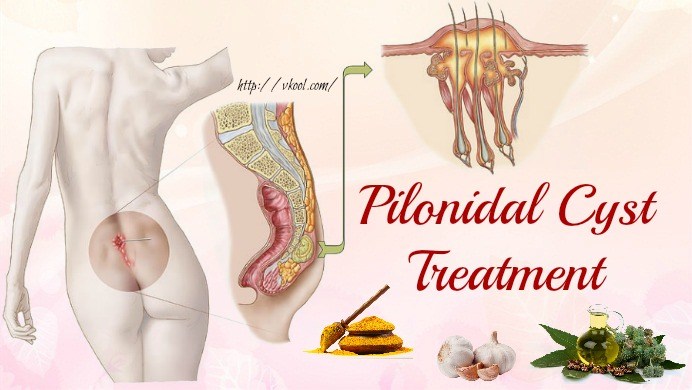 16 Tips Of Natural Pilonidal Cyst Treatment You Should Know
16 Tips Of Natural Pilonidal Cyst Treatment You Should Know 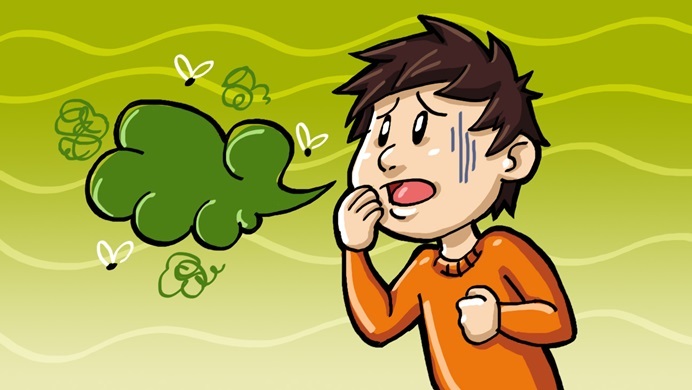 Top 15 Common Causes Of Bad Breath In Adults
Top 15 Common Causes Of Bad Breath In Adults 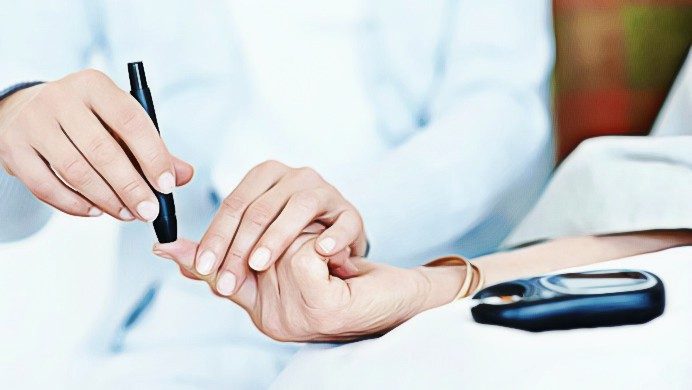 Blue Heron Guide To Beat Diabetes Review – Is It Reliable?
Blue Heron Guide To Beat Diabetes Review – Is It Reliable? 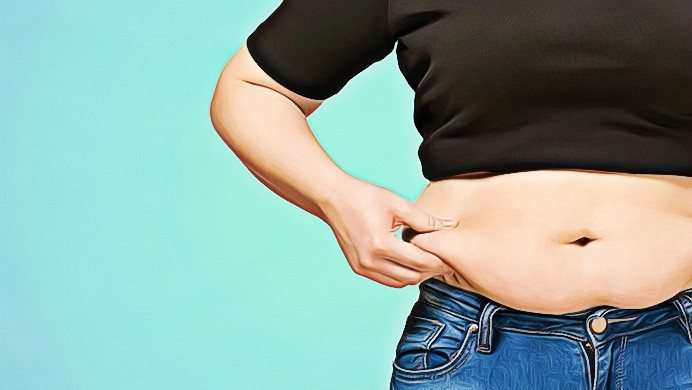 30 Bad Habits That Cause Belly Fat
30 Bad Habits That Cause Belly Fat  Building A Strong Core At Home For Beginners
Building A Strong Core At Home For Beginners  How to use ginger for nausea – 20 easy and simple methods
How to use ginger for nausea – 20 easy and simple methods 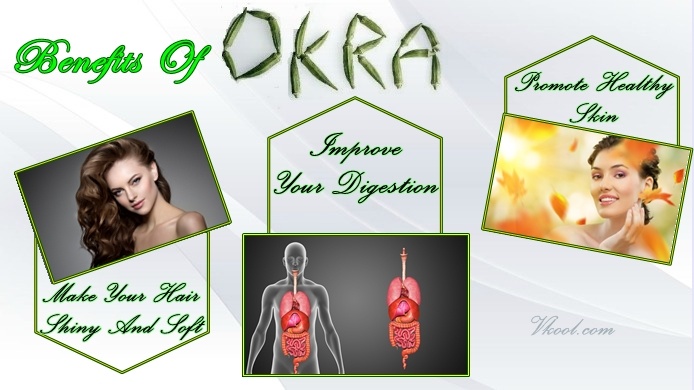 Top 10 Health Benefits Of Okra
Top 10 Health Benefits Of Okra  Chest Chiseler Review – Will Randy’s System Really Work?
Chest Chiseler Review – Will Randy’s System Really Work?  Skin Cancer Prevention Tips, Activities and Early Detection
Skin Cancer Prevention Tips, Activities and Early Detection